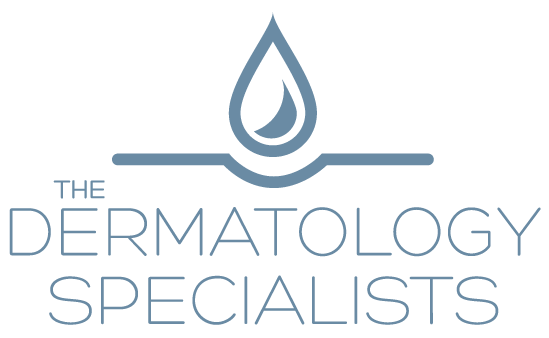- posted: Dec. 04, 2012
BIG NEWS: In a few days, I am going to share some legal news about drug regulation that may seem wonkish, but which I believe is extraordinary for its ramifications for both consumers and providers of healthcare. Because it is a complex s
OK, so, for those of you still reading, I hope I can make this understandable. Please bear with me.
The FDA, as you know, is charged with ensuring the safety and effectiveness (efficacy) of the drugs we use. When a pharmaceutical company wants to sell a drug it must first prove to the satisfaction of the FDA that the drug is relatively safe* and that it does what the seller says it does. The proof comes in the form of data gained from minutely controlled scientific studies of the drug called, clinical trials. These studies are conducted initially, by the company's own scientists and then, by independent or university-based physicians (called, clinical investigators) who agree to test the drug in volunteers meeting specific narrow criteria for the malady the drug is meant to treat. The malady is called the drug's "indication".
The degree of ethical and scientific rigor under which these trials are conducted can only be described as intense. The entire process is very lengthy, frequently lasting a decade or more, from the first exploration of a small molecule, through Phase I, II and III clinical trials and then onto submission to an advisory panel of experts who make a recommendation either to approve or not approved the drug. This is not necessarily a straight-forward process as there are usually lots of bumps and turns in the road, including requests for additional studies. It should come as no surprise then, that all of this time, expertise and rigor is gained at extraordinary financial expense.
Now, to the crux of the matter: Once the FDA is fully satisfied, the candidate drug is said to receive marketing approval, but only for the specific indication studied. Every separate indication must go through the FDA-approval process. So, if a drug maker gets FDA-approval to market "WonderdrugA" as a cure for toenail fungus, that's all the company can talk about. Even if they know that "WonderdrugA" also grows hair -- because every time the drug accidentally hit the skin around the nail, the toe got hairy -- it is illegal for any representative of the company to go around talking about it. This makes good sense. The law is intended to protect consumers from snake oil salesmen. As an entity that is likely to profit from sales of a drug, you just can't go around saying a drug or medical device does something, and sell it for that purpose, until the FDA has been fully satisfied that it does, indeed -- and does so with reasonable safety. However -- and this is a big however -- the clinical investigators are permitted to share their findings in the scientific community through medical conferences and trusted, respected scientific journals in the interest of furthering medical science. This is true if the candidate drug is successful in the clinical trials, and equally true, if it is not. So, in this way, the medical community is bound to learn that "WonderdrugA" has been shown to grow hair. The important thing here is that healthcare providers have learned about it from impartial sources, not those who stand to gain financially.
And, here's the significant part -- physicians are never restricted in the way they prescribe an FDA-approved drug. (Your insurer may refuse to pay for it, because it is an "unapproved indication", but your physician is absolutely free to prescribe it at his discretion.) This is called off-label prescribing and many drugs are commonly and appropriately prescribed this way every day.
Ultimately, the makers of "WonderdrugA" may very well choose to seek FDA-approval for the hair growth indication. This happens all the time. Just as often, however, it doesn’t make business sense to incur the expense of taking a drug more than once through the process. The market for the secondary indication may not be large enough to allow the company to recoup its costs. In this case, the drug manufacturer likely will choose to rest on its laurels. The drug will continue to be used off-label and employees of the company just won't ever talk about it, but it will be discussed in scientific circles. No doubt, Dr. Saruk, who has himself been a clinical investigator numerous times, can offer examples of drugs used off-label. Thursday, I'll share one.







